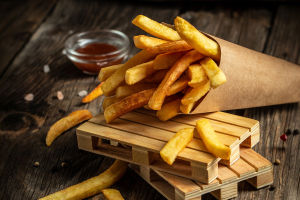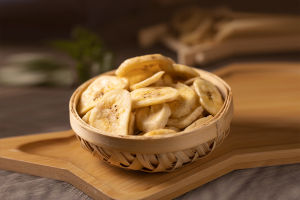Highly processed foods have been linked to various health issues like diabetes and heart diseases, making them a concern for most individuals.
However, identifying these products amidst the sea of options at the supermarket can be challenging.
To address this dilemma, a team of researchers from Mass General Brigham in Boston has developed TrueFood, a website aimed at aiding consumers in making informed choices while grocery shopping. The site categorizes foods commonly found at Whole Foods, Target, and Walmart into four distinct groups ranging from unprocessed to ultra-processed, allowing users to easily determine the level of processing in a particular food item.
Understanding Food Processing
Giulia Menichetti, PhD, an instructor at Harvard Medical School, explains that TrueFood utilizes a scoring system instead of labeling foods as merely “ultra-processed,” with lower scores indicating lesser degrees of processing. This approach helps individuals opt for minimally processed alternatives such as popcorn or yogurt.
The primary goal is to reduce the intake of ultra-processed foods, which undergo significant alterations from their natural state through the addition of ingredients like sugar, oil, or salt. These items often contain artificial additives and preservatives intended to enhance flavor and extend shelf life, including sugary cereals, flavored chips, and sodas.
Practical Tips for Healthier Choices
Acknowledging that around 70% of the American food supply comprises ultra-processed items, LuWang, PhD, from Tufts University, notes the challenge in eliminating these products entirely. She highlights the enticing packaging and aggressive marketing strategies employed to make these foods more appealing to consumers.
While some ultra-processed foods like protein powders or certain cereals may have a place in a balanced diet, dietitian Dena Champion emphasizes that not all processed foods are equal. TrueFood offers detailed ingredient breakdowns to aid individuals in making informed decisions aligned with their dietary objectives.
Strategies for Avoiding Ultra-Processed Foods
To reduce reliance on highly processed foods, dietitian Morgan Dickison suggests focusing on the perimeter of the grocery store where fresh produce, deli items, and bakery goods are typically located, steering clear of the center aisles dominated by packaged products.
Furthermore, learning to interpret nutritional labels can be beneficial in identifying ultra-processed items. Dickison advises scrutinizing ingredient lists for complex or unfamiliar terms, as these often signify a heavily processed product.
By adopting these strategies and utilizing resources like TrueFood, individuals can make conscious choices to minimize the consumption of highly processed foods and prioritize their overall well-being!


